Review: Teen Titans Year One
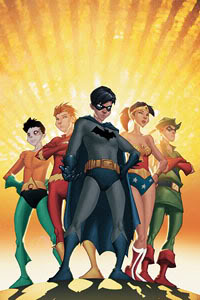 The other day I was talking to James Kochalka, creator of Superf*ckers and the upcoming Johnny Boo
The other day I was talking to James Kochalka, creator of Superf*ckers and the upcoming Johnny Boo children’s books, and he mentioned how difficult it is to find superhero books for his kids. Such offerings are mostly limited to comic book adaptations of cartoon series that were adapted from comics, he said, and “they’ve been pretty bad.”
For DC, the lifeline to younger readers has long been the Teen Titans, most recently through the TV spinoff Teen Titans Go! and Tiny Titans
, which is almost too innocent for its own good. Now we also have Teen Titans Year One
(issue #3 is out tomorrow), the “origin” story from writer Amy Wolfram.
The book succeeds on a number of levels, primarily in how it manages to be appropriate for kids without dumbing down. There are serious threats and the group faces violence and danger and interpersonal hangups. The art also perfectly fits the tone.
While I’ve enjoyed the series thus far, I doubt it’ll serve as a jumping-on point for any kid looking to get into comics. Another thing Kochalka complained about was how the youth-oriented Marvel and DC comics rely on readers coming into the book to have a firm understanding of the mythos, and that’s certainly the case with [[[Teen Titans Year One]]]. New comics readers will be fairly lost, if not out and out discouraged by the lack of exposition.
The Year One tag also only hampers the series, forcing it into a ridiculously incongruous existence amid decades-old comics. For instance, these Titans use cell phones and instant messaging, devices that weren’t around when the Teen Titans debuted. That’s nit-picking, to be sure, but when an editor’s note tells me this storyline happened right after [[[The Brave and the Bold]]] #54, I can’t help but be yanked out of the plot.
Van Jensen is a former crime reporter turned comic book journalist. Every Wednesday, he braves Atlanta traffic to visit Oxford Comics, where he reads a whole mess of books for his weekly reviews. Van’s blog can be found at graphicfiction.wordpress.com.
Publishers who would like their books to be reviewed at ComicMix should contact ComicMix through the usual channels or email Van Jensen directly at van (dot) jensen (at) gmail (dot) com.

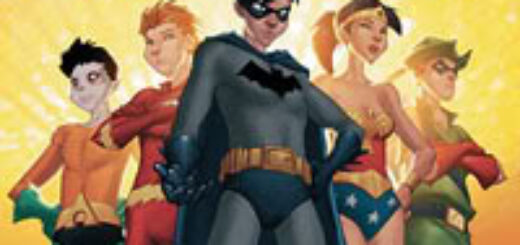
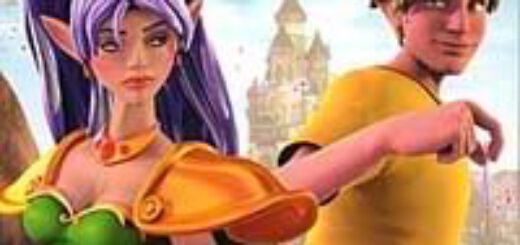
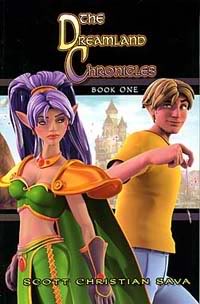 IDW Publishing is best known for its gory horror comics and sci fi adaptations. Which made this morning’s news that the company had purchased an up-and-coming comics studio known for its all-ages fare seem a bit strange.
IDW Publishing is best known for its gory horror comics and sci fi adaptations. Which made this morning’s news that the company had purchased an up-and-coming comics studio known for its all-ages fare seem a bit strange.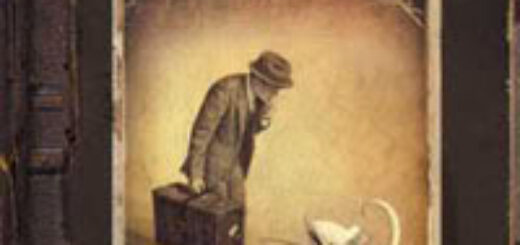
 Jeff Vandermeer, the fantasy author and comic critic at Bookslut, caught up with all his fellow judges from the 2007 Eisner Awards and compiled a list of everyone’s favorite comics from 2007 (which are eligible for the 2008 Eisners).
Jeff Vandermeer, the fantasy author and comic critic at Bookslut, caught up with all his fellow judges from the 2007 Eisner Awards and compiled a list of everyone’s favorite comics from 2007 (which are eligible for the 2008 Eisners).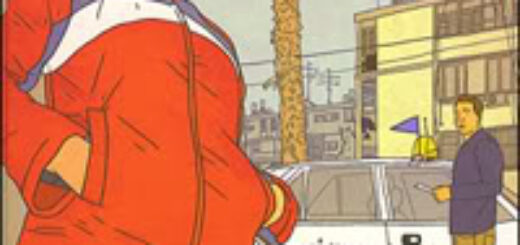
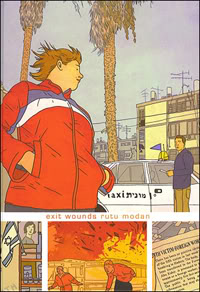 As graphic novels and comic books become more entrenched in the high-minded literature scene, comics creators likely will begin entering into the world of the author.
As graphic novels and comic books become more entrenched in the high-minded literature scene, comics creators likely will begin entering into the world of the author.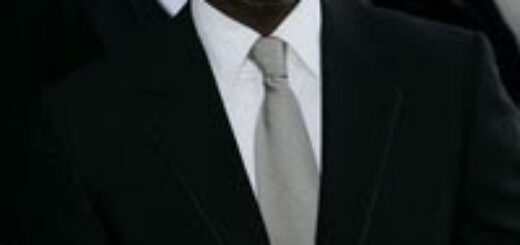
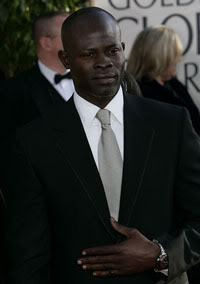 During a weekend press junket for the upcoming film Never Back Down, actor Djimon Housou told IESB that he’ll be taking a role in a comic book trilogy and referred to it as a dream project. The full article is
During a weekend press junket for the upcoming film Never Back Down, actor Djimon Housou told IESB that he’ll be taking a role in a comic book trilogy and referred to it as a dream project. The full article is 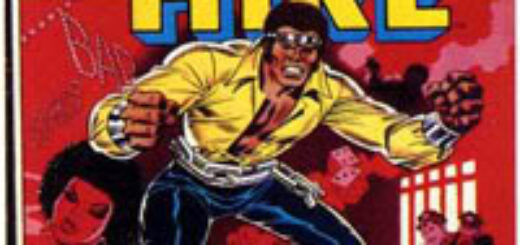
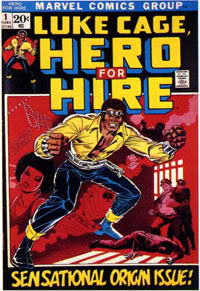 Wired.com’s blog recently posted
Wired.com’s blog recently posted 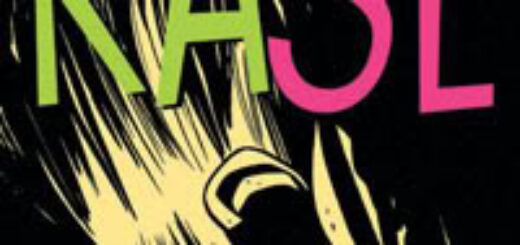
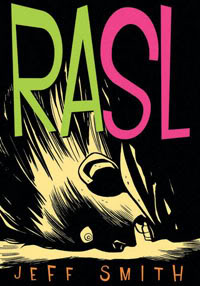 There’s something of a learning curve that comes with reading
There’s something of a learning curve that comes with reading 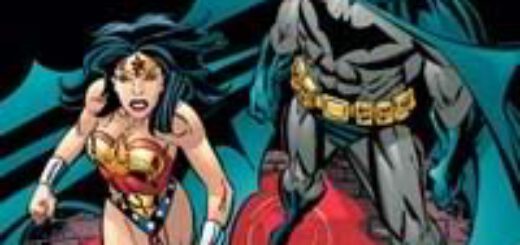
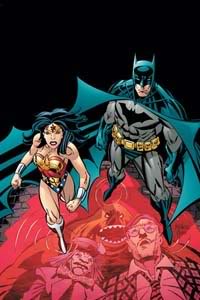 With the recent and much heralded conclusion to
With the recent and much heralded conclusion to 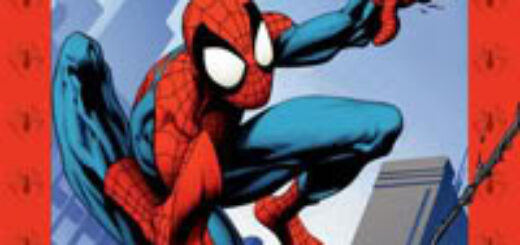
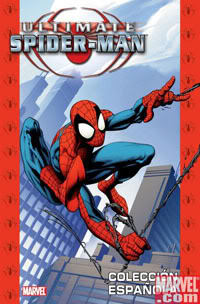 Marvel’s PR department just sent over news that Ultimate Spider-Man Ultimate Collection Vol. 1 and Ultimate X-Men Ultimate Collection Vol. 1 will be translated into Spanish and rereleased in late March.
Marvel’s PR department just sent over news that Ultimate Spider-Man Ultimate Collection Vol. 1 and Ultimate X-Men Ultimate Collection Vol. 1 will be translated into Spanish and rereleased in late March.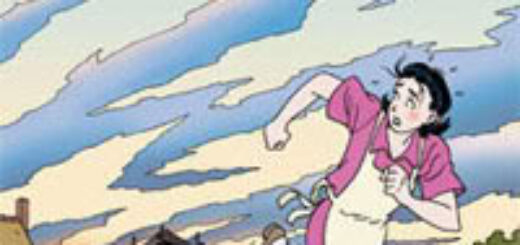
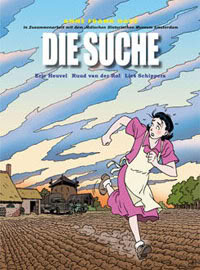 The New York Times has picked up on the debut of The Search, a comic book we reported on
The New York Times has picked up on the debut of The Search, a comic book we reported on 








